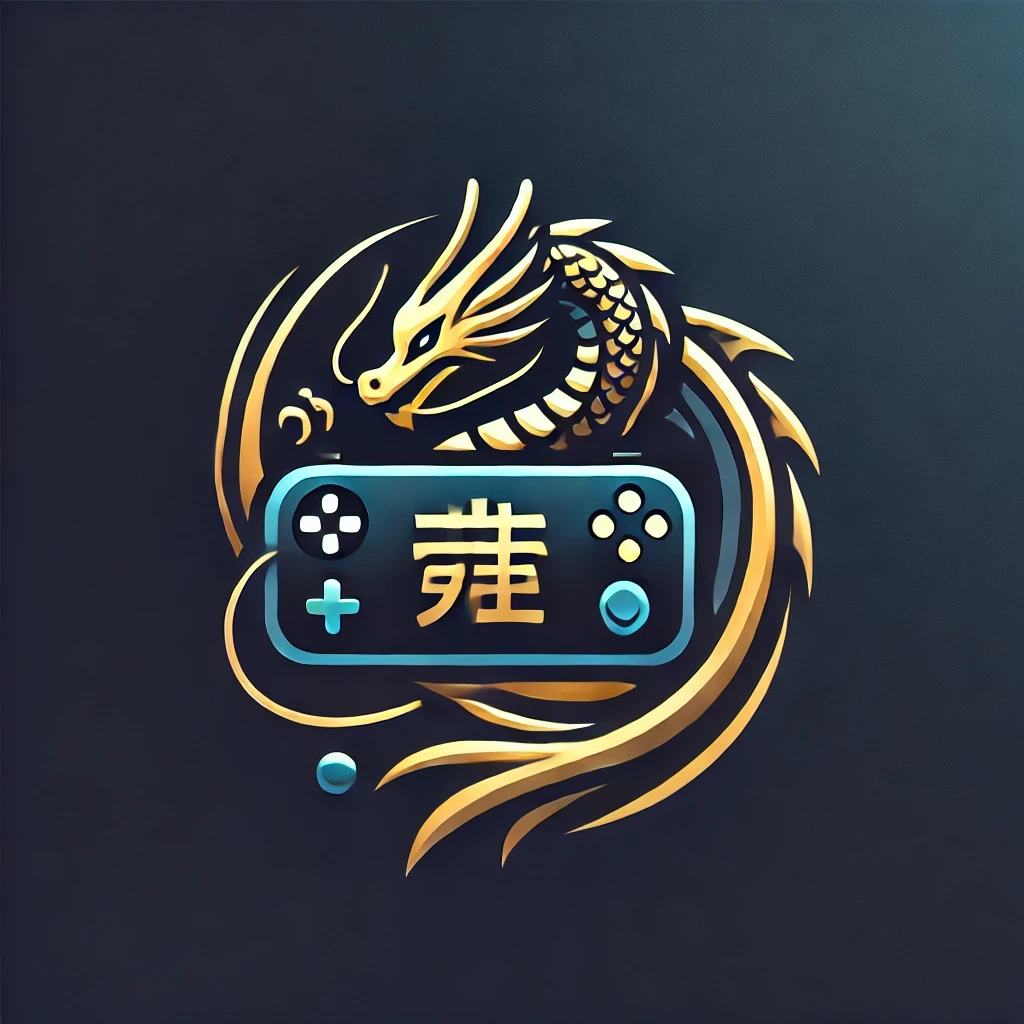引言
随着移动互联网的普及,手游行业迅速崛起,成为全球娱乐产业的重要组成部分。手游运营作为手游产业链的关键环节,其盈利模式的探索与优化成为业界关注的焦点。本文将深入剖析手游运营的盈利模式,探讨其背后的秘密与面临的挑战。
一、手游运营的盈利模式
1. 内购道具模式
内购道具模式是手游行业最常用的盈利模式之一。玩家在游戏中通过购买虚拟道具、装备、皮肤等,以提升游戏体验或获得游戏优势。这种模式的关键在于提供多样化的内购选项,满足不同玩家的需求。
代码示例(伪代码):
class InGameItem:
def __init__(self, name, price):
self.name = name
self.price = price
def buy_item(item):
if player.has_enough_money(item.price):
player.add_item(item)
player.subtract_money(item.price)
print(f"Congratulations! You've bought {item.name} for {item.price} coins.")
else:
print("Sorry, you don't have enough coins.")
# 玩家类
class Player:
def __init__(self, money):
self.money = money
self.items = []
def add_item(self, item):
self.items.append(item)
def subtract_money(self, amount):
self.money -= amount
# 创建玩家和道具
player = Player(100)
sword = InGameItem("Sword", 50)
buy_item(sword)
2. 广告模式
广告模式是指游戏内嵌入广告,玩家在观看广告或完成广告任务后,可获得游戏内奖励或优惠。这种模式对玩家影响较小,但需注意广告质量,以免影响用户体验。
代码示例(伪代码):
class Ad:
def __init__(self, reward):
self.reward = reward
def watch_ad(ad):
player.add_reward(ad.reward)
print(f"Congratulations! You've watched the ad and received {ad.reward} rewards.")
# 创建广告
ad = Ad(10)
watch_ad(ad)
3. 会员模式
会员模式是指玩家支付一定费用成为会员,享受游戏内特权,如免费领取道具、优先体验新内容等。这种模式需要提供有吸引力的会员权益,以吸引玩家付费。
代码示例(伪代码):
class Membership:
def __init__(self, cost, benefits):
self.cost = cost
self.benefits = benefits
def become_member(membership):
if player.has_enough_money(membership.cost):
player.subtract_money(membership.cost)
player.add_membership(membership)
print(f"Congratulations! You've become a member and received {membership.benefits}.")
else:
print("Sorry, you don't have enough money.")
# 创建会员
membership = Membership(30, ["Free items", "Priority access"])
become_member(membership)
二、手游运营的挑战
1. 竞争激烈
手游市场竞争激烈,同质化严重。运营者需不断创新,提升游戏品质,以吸引和留住玩家。
2. 用户需求多样化
不同玩家对游戏的需求不同,运营者需深入了解用户需求,提供多样化的游戏内容和玩法。
3. 盈利模式单一
过度依赖单一盈利模式可能导致收益波动,运营者需探索多元化盈利模式,降低风险。
4. 监管政策变化
手游行业受政策监管,运营者需密切关注政策变化,确保合规经营。
三、总结
手游运营的盈利模式多样化,但均需关注用户体验和市场竞争。运营者需不断创新,应对挑战,以实现可持续发展。
